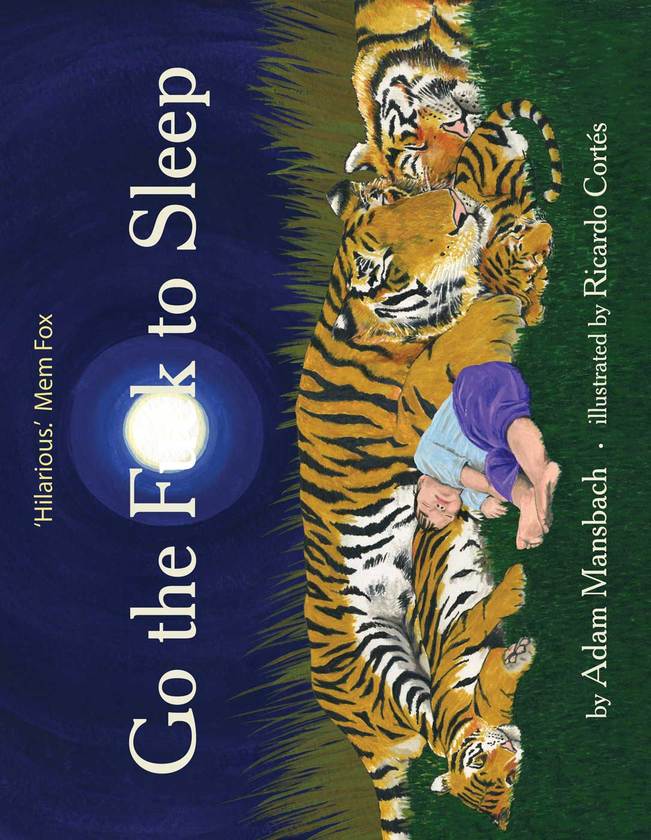

This mythical heron is a bird of supernatural abilities made of raindrops, mist and a cyan of the sky… The Rain Heron has a miraculous aura of a cruel fairy tale. It was only when I finished reading that I realised I had been expecting the heron to feature more prominently than it did, that there would be a climactic reckoning, but the novel’s ending is a gentler, reflective one.Īrnott’s lush, wondrous, fabulist approach to writing about the natural environment makes this story feel at once timeless and immediate. While not quite as magical as the first half, it remains compelling to the end. The second half unites these parts into essentially a road-trip narrative, with greater focus on the human characters. Each of the tales unspools hypnotic and beguiling, then slowly descends into terror. The first half of the novel delivers three seemingly unconnected stories, set with reverent wonder in the fields, the forest and the ocean respectively.

As in a parable, the country is not named, but it has all the hallmarks of a climate-changed Australia. In The Rain Heron these myths are drenched in rain and seawater. Once again Arnott displays a gift for inventing myths that feel ancient. Like Arnott’s debut Flames, his new novel is rooted in the landscape and the climate, but this work is subtler, more serious and controlled. Shortlisted for the 2021 Miles Franklin AwardĪ spellbinding eco-fable, The Rain Heron delivers a powerful message about the human need to control and subdue the natural world.


 0 kommentar(er)
0 kommentar(er)
